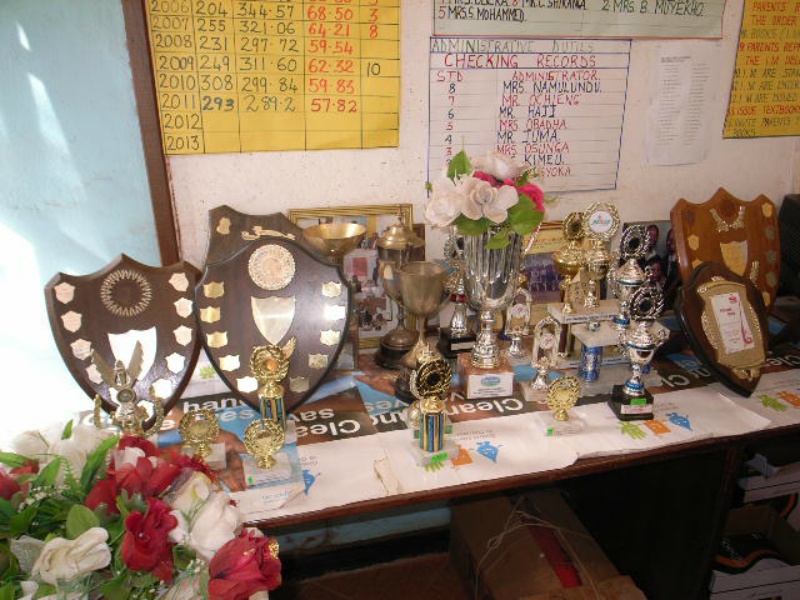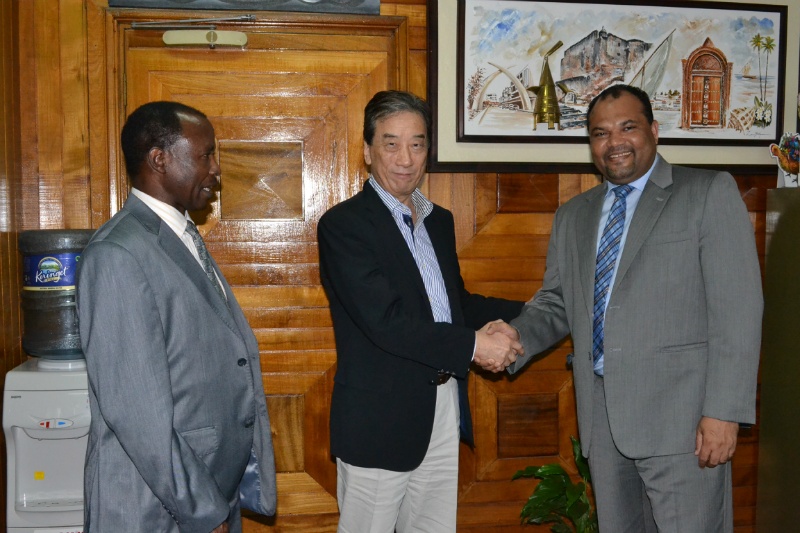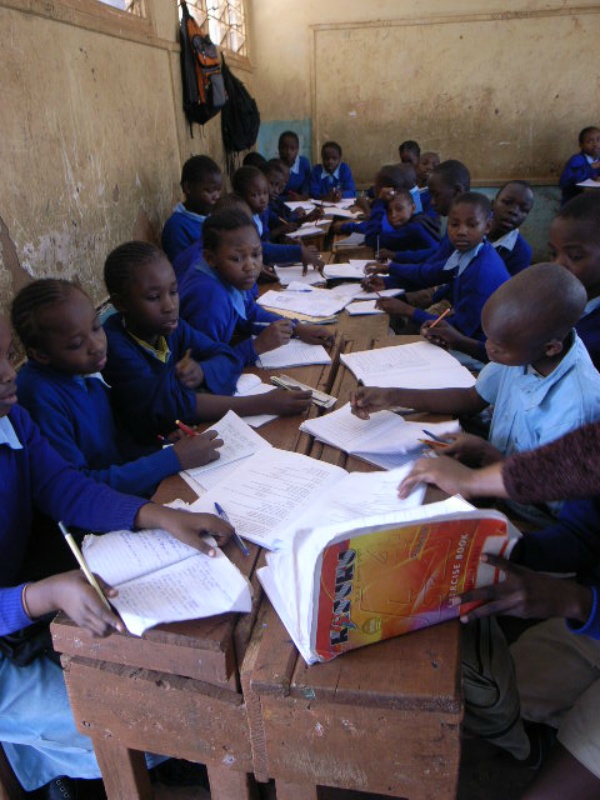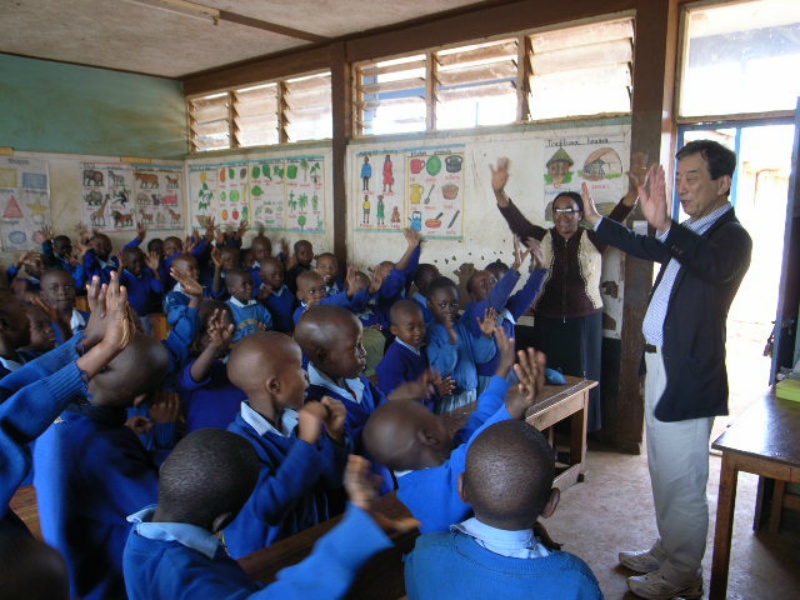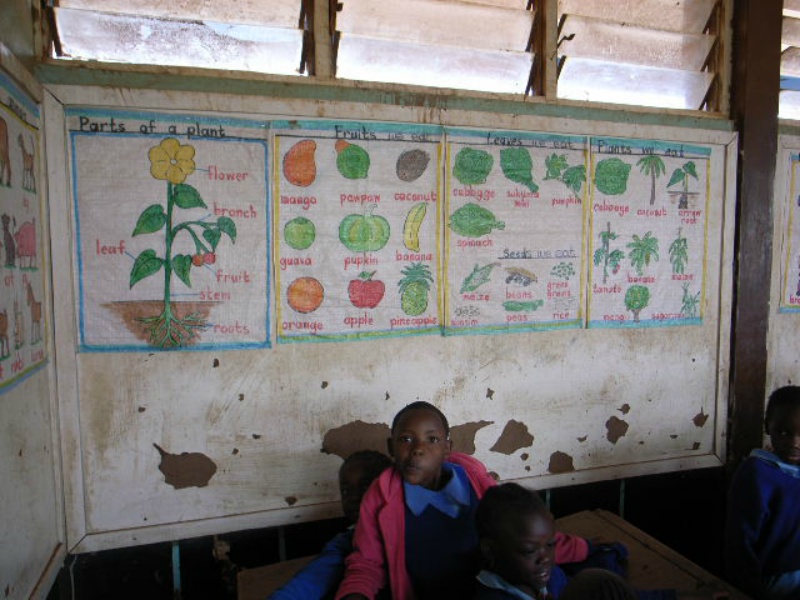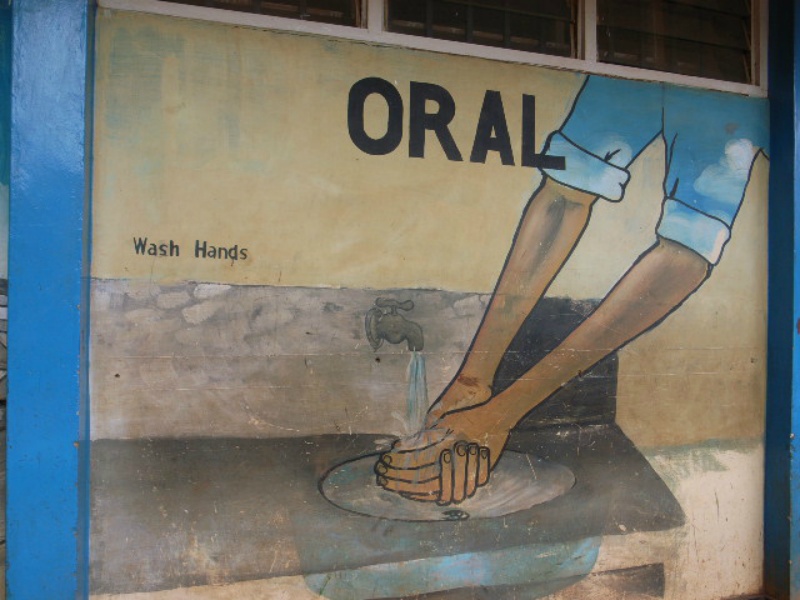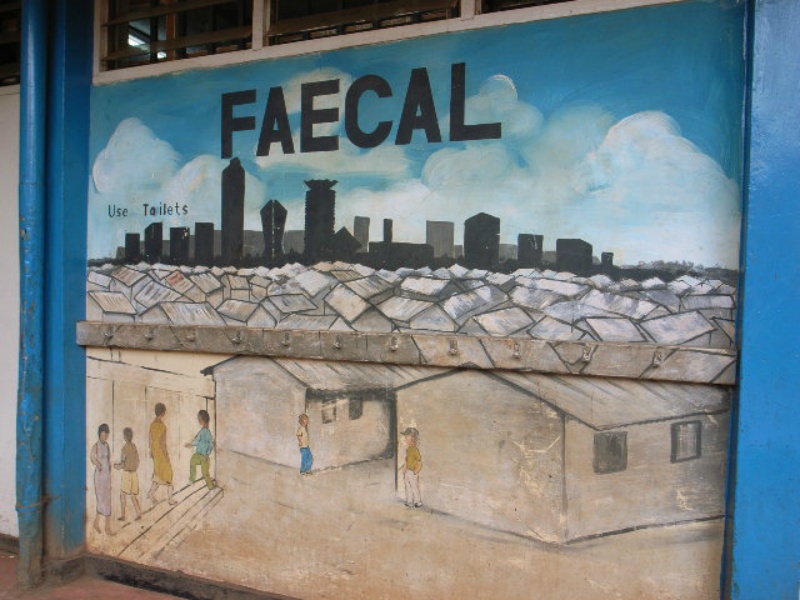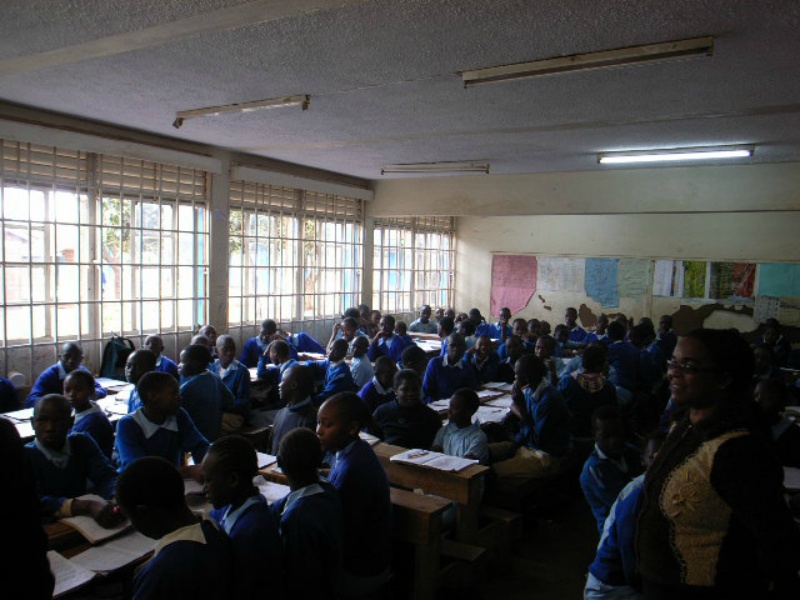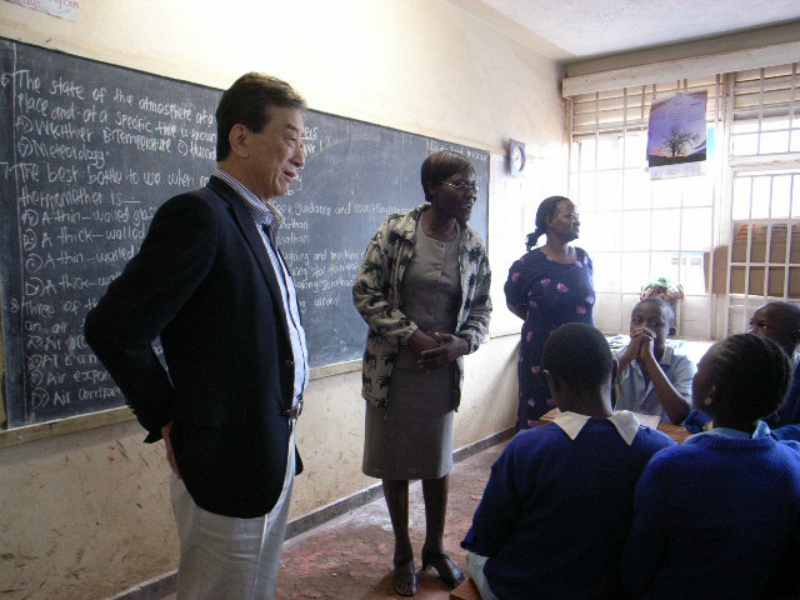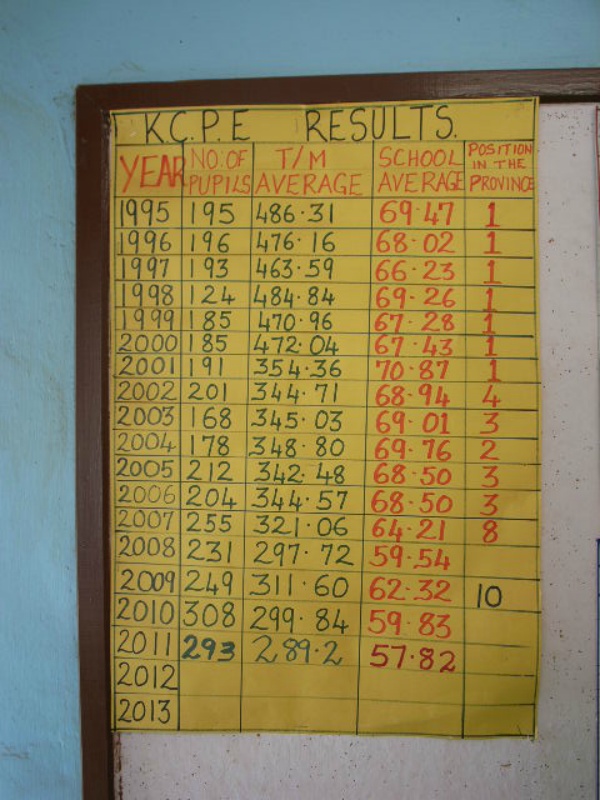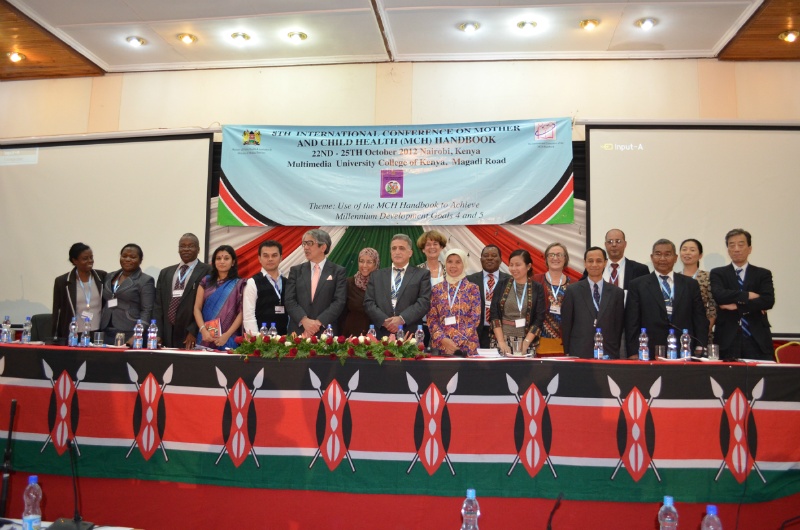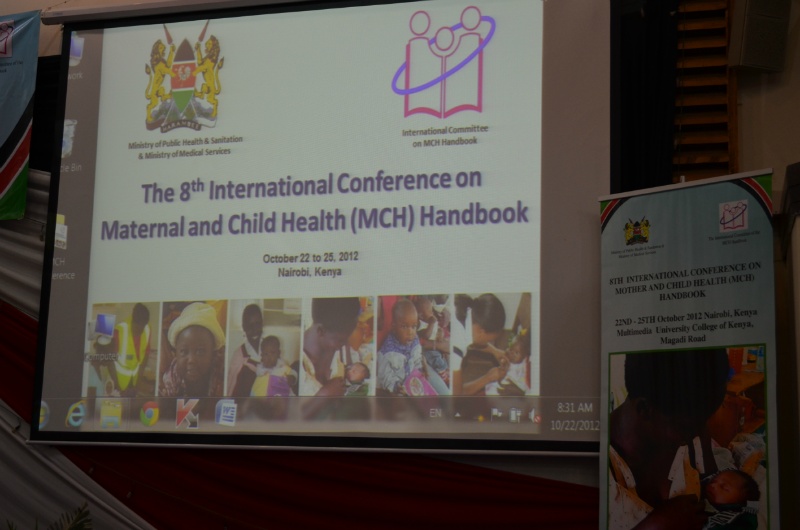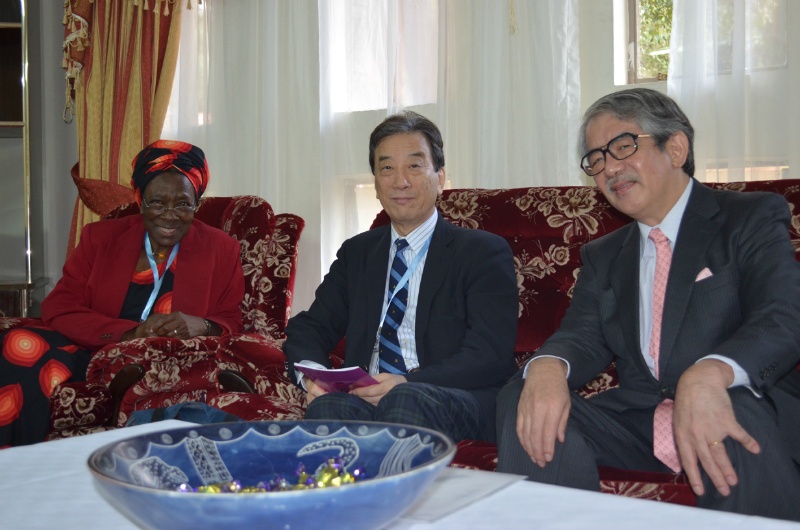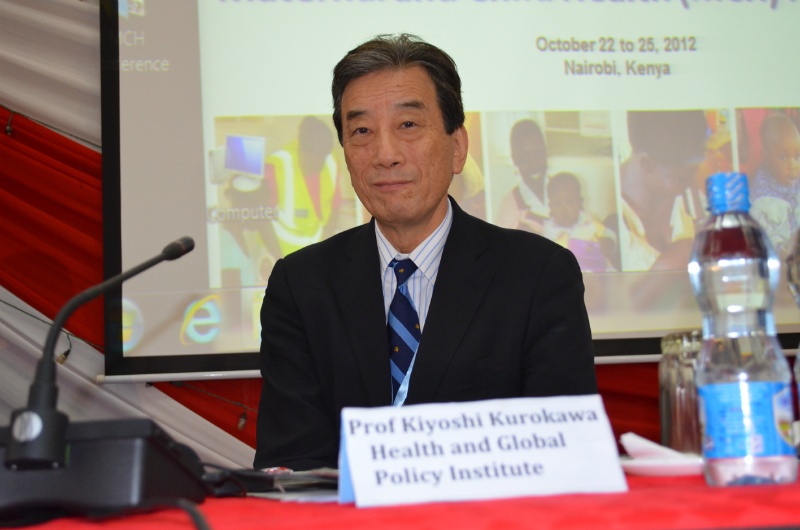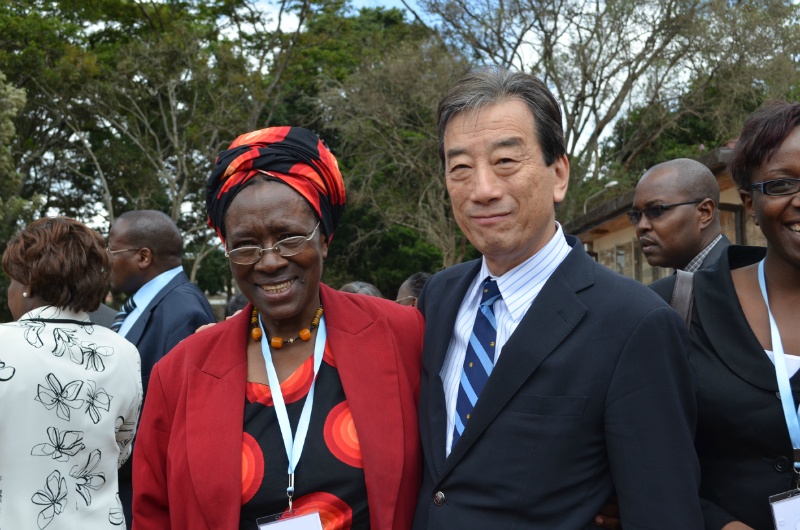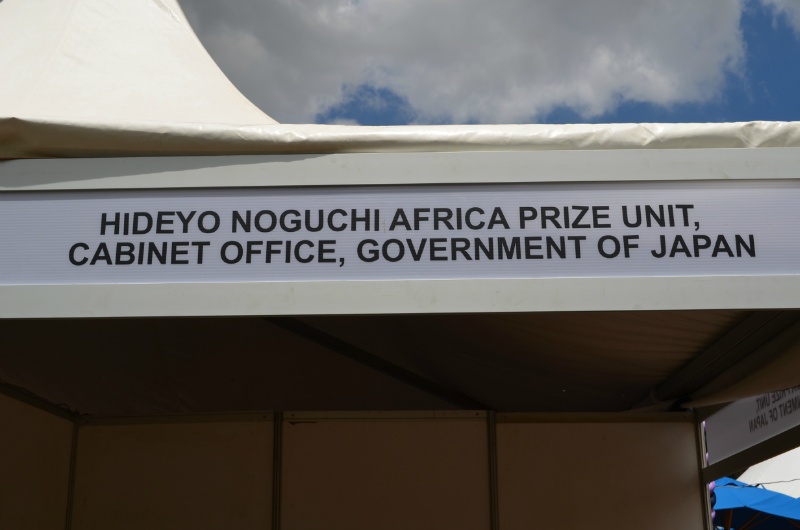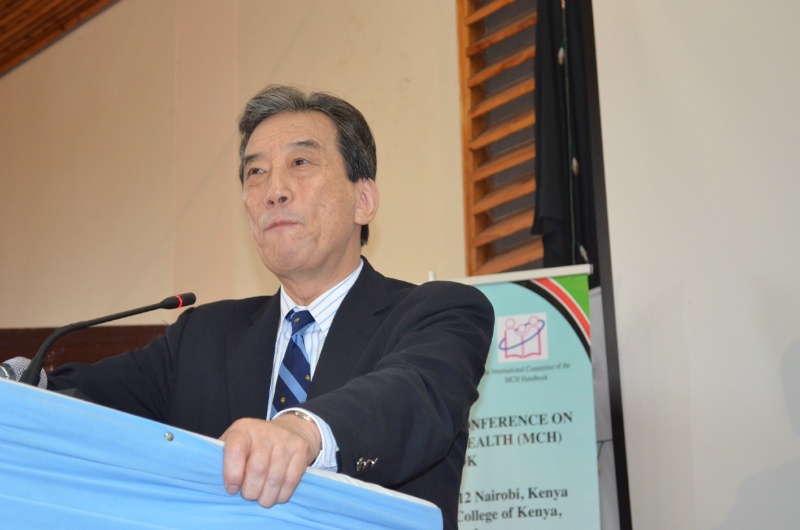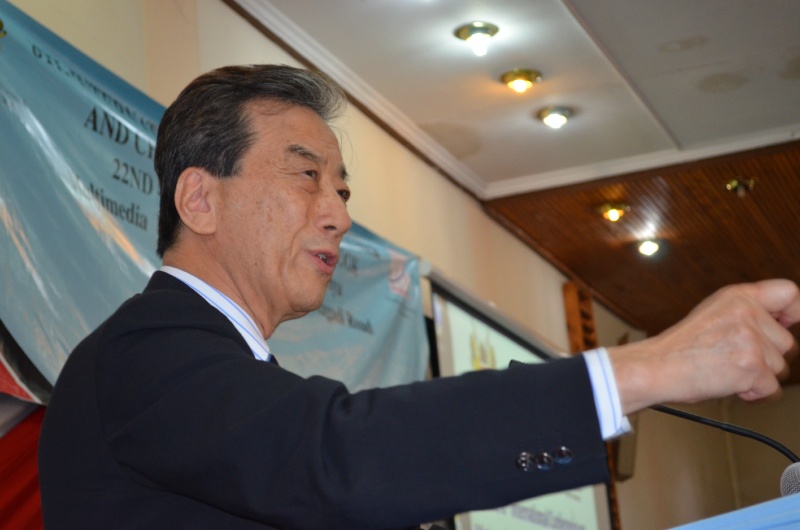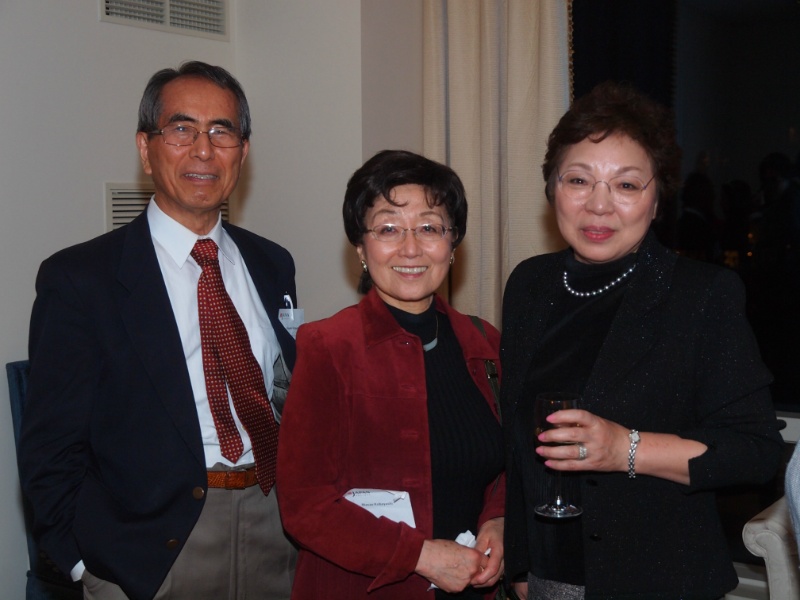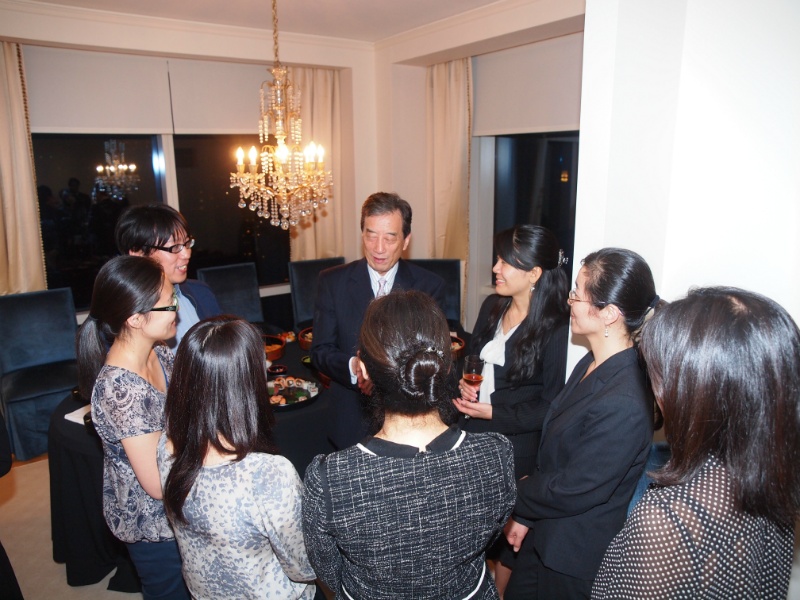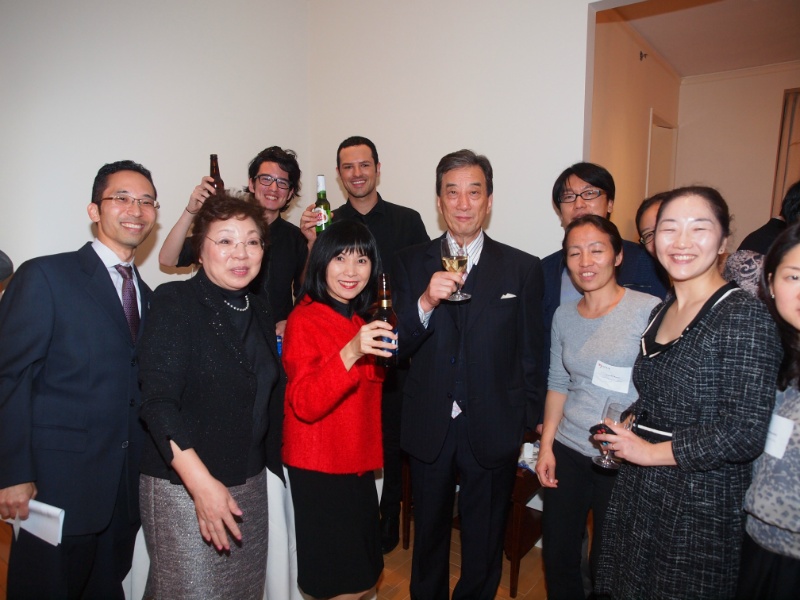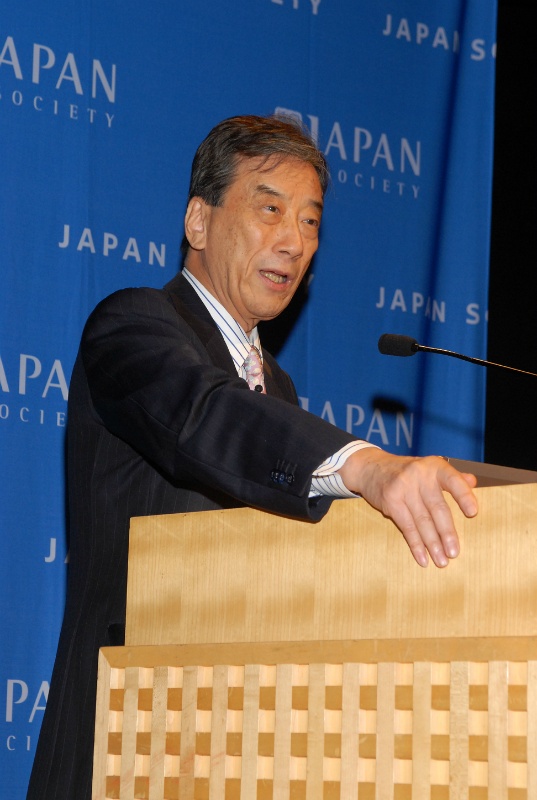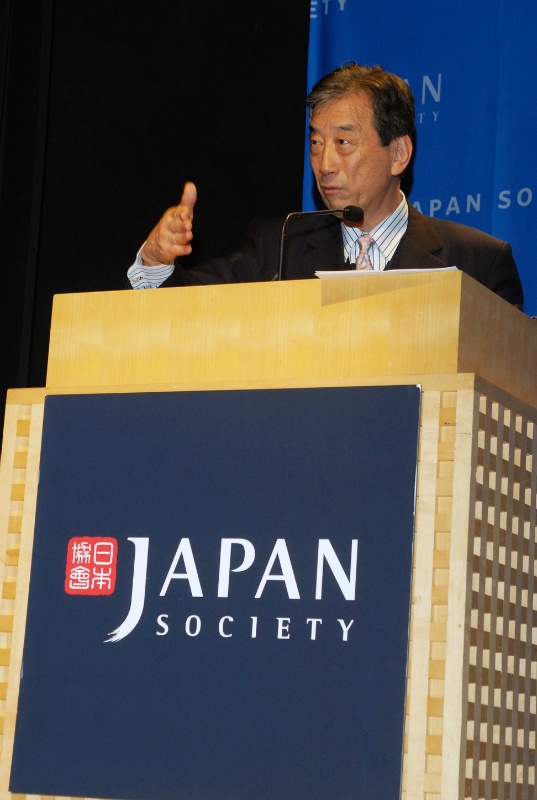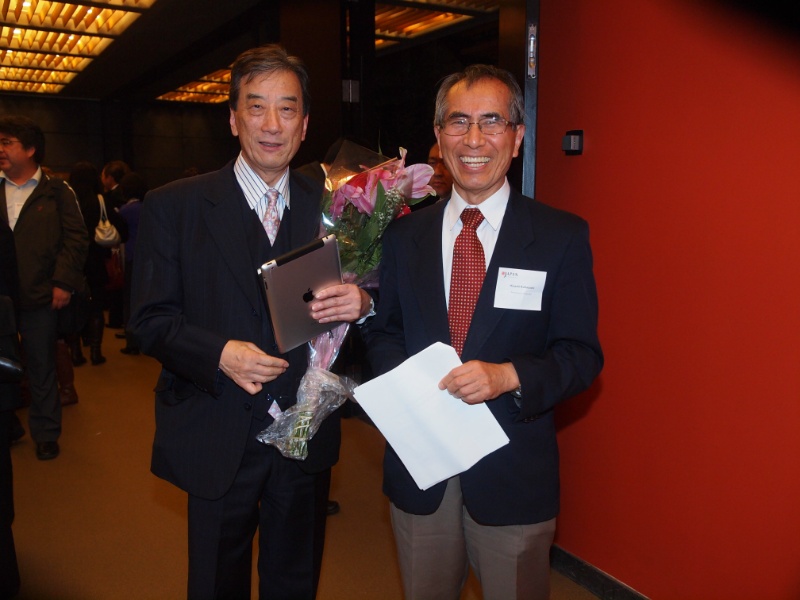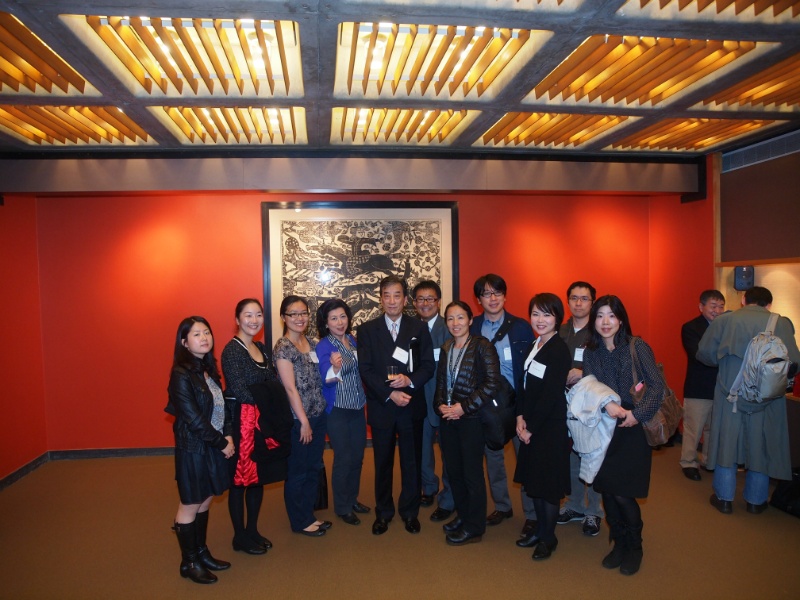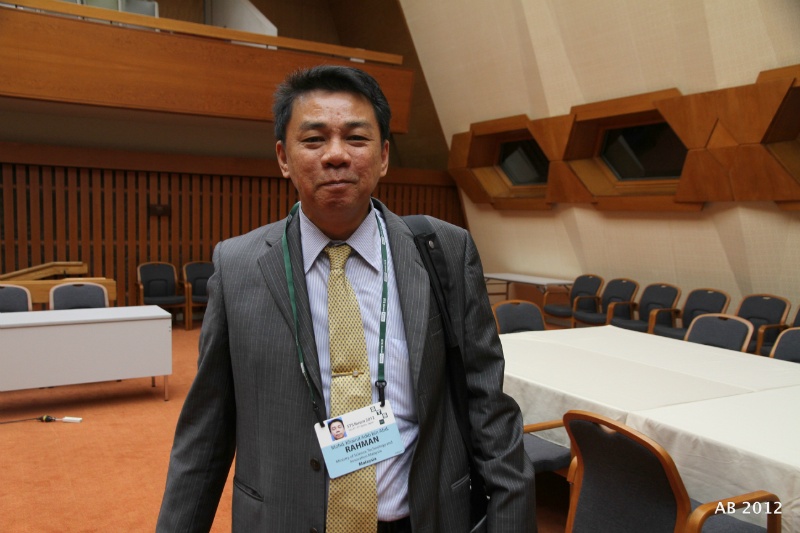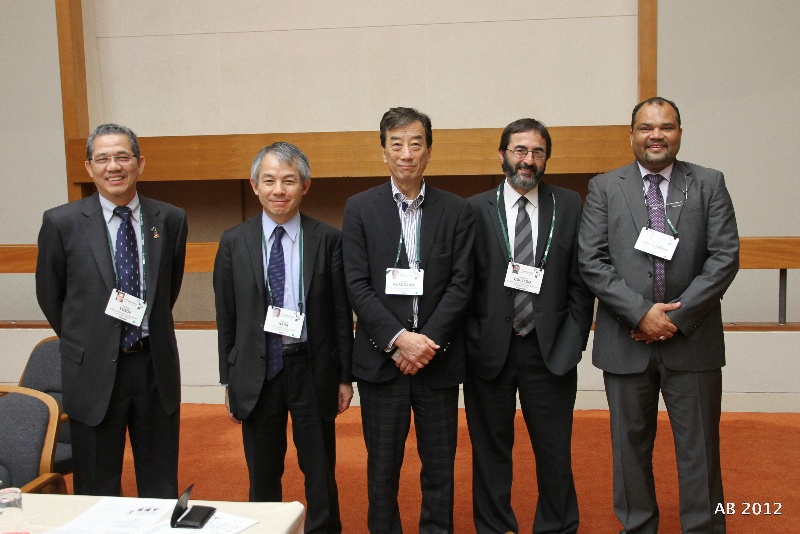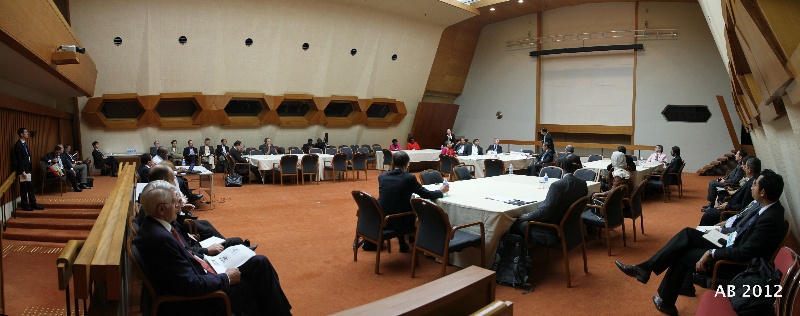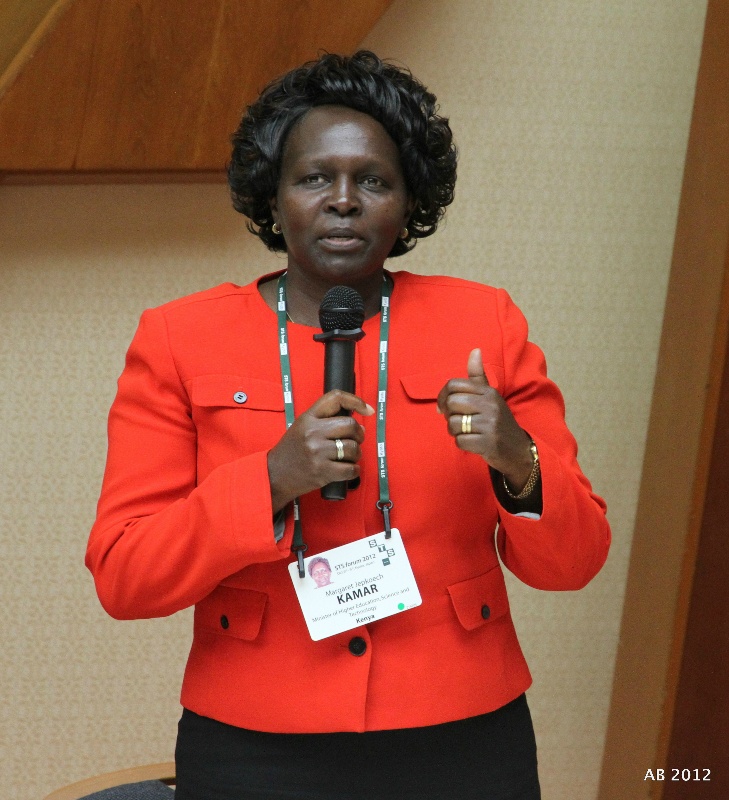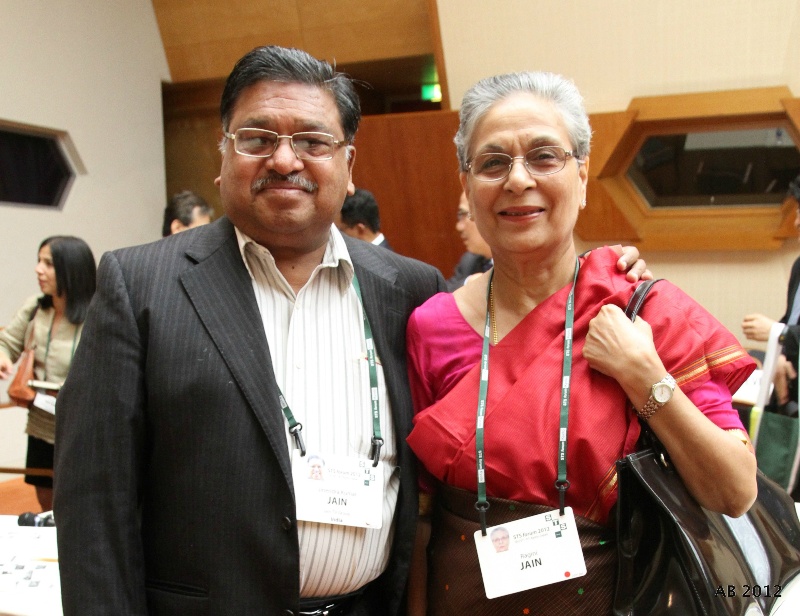Perhaps you have all noticed already from the evening paper of Nikkei released on November 17 (Saturday) in the section “Senior Reporter’s Kokoro Page” (published every Saturday in the evening paper), an article posted by Editor Masami Shimizu interviewing me, entitled
“Japan must not repeat its foolishness, interview with Dr. Kiyoshi Kurokawa”. I have known Mr. Shimizu since the time he was an editorial staff of science and technology, and he has often written perceptive editorials.
The main headline of the article is “Develop Difference and Change Society” and the subheading is “To the Youth: Be ‘the Nail that Sticks Out’” which are the main messages I have repeatedly advocated whenever there was an opportunity, including this column. Here again, I am emphasizing the importance of ‘difference, disagreement and dissidence.’
Ms. Yoko Ishikura also mentions this article in her own column and states that she is “flabbergasted, or rather shocked” by the fact that while the world is changing so much, Japan has not changed at all since the time she wrote ‘The Management of Difference’ in her work with Mr. Kenichi Omae and Mr. Hirotaka Takeuchi 20 years ago.
Overcoming the weaknesses of Japan which became apparent on 3.11, constructing and advancing the future of Japan depend on the young people. Observing Japan since 3.11, I feel the danger that the industry, the government, the academia, the media and other existing powers will go back to the previous state; despite the fact that the world is going through unstable and unpredictable current of changes that we have never experienced before.
I would be happy if you could take a look at my interview-based article. I have received some positive reactions from number of people.
A week later in the November 24 (Saturday) edition of the same paper, there is an interview article of Mr. Toshio Arima and on the left side below there is a small column titled ‘From Kokoro Editing Room.’
There you find the public response to the article from the 17th in which “Professor of the National Graduate Institute for Policy Studies, Dr. Kurokawa Kiyoshi Recommends ‘to the Youth: Be the ‘Nail that Sticks Out.’” A mother with two children apparently clipped out the article hoping that her sons will be that way. It also states that “building a society which tolerates difference, disagreement and dissidence is our duty for the next generation (Sachi).”
This made me a bit happy. Thank you, Mr. Shimizu.

